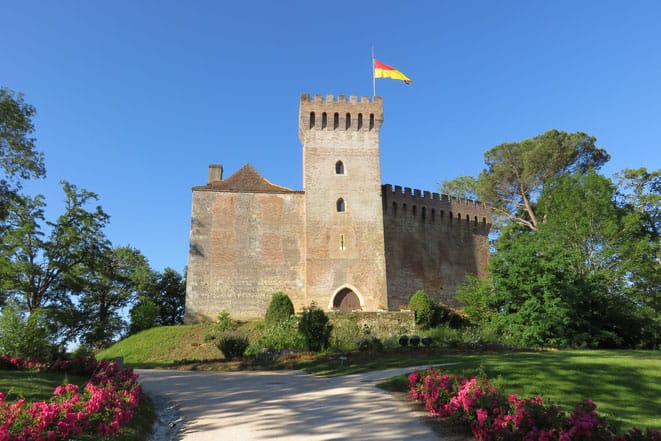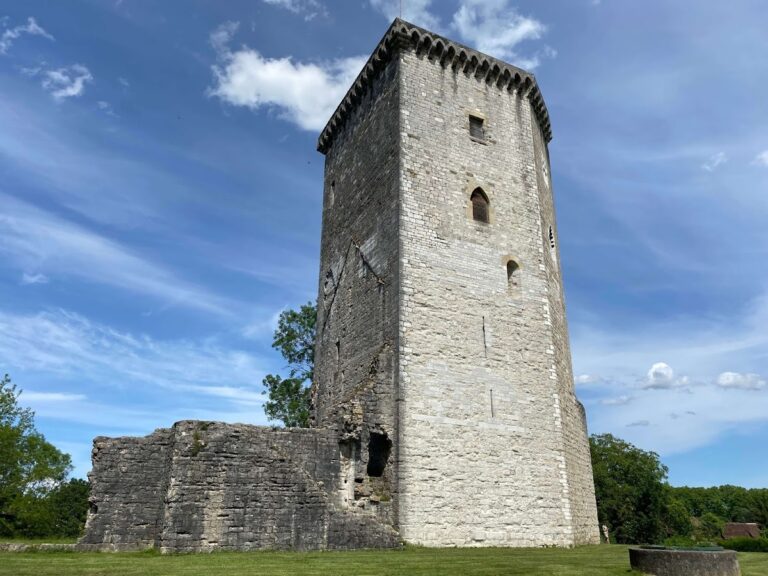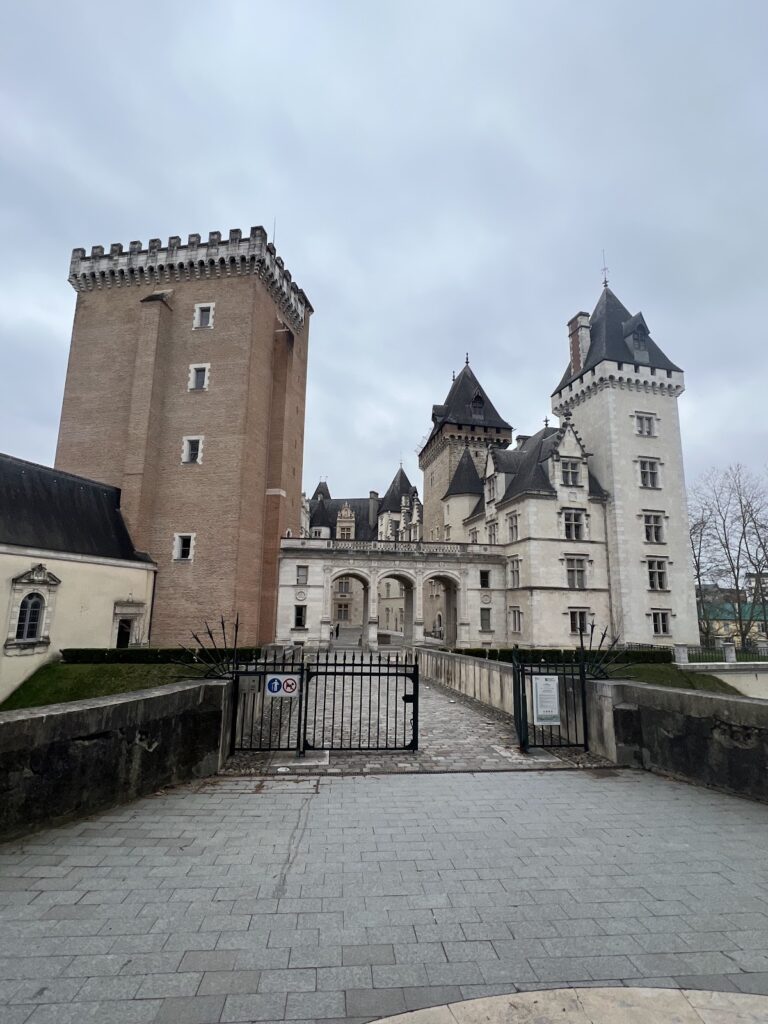Château de Morlanne: A Medieval Fortress in Pyrénées-Atlantiques, France
Visitor Information
Google Rating: 4.5
Popularity: Low
Google Maps: View on Google Maps
Official Website: www.chateaudemorlanne.fr
Country: France
Civilization: Medieval European
Remains: Military
History
The Château de Morlanne is located in the village of Morlanne, within the Pyrénées-Atlantiques department in southwestern France. It was built in the 14th century by the medieval Béarnese civilization, under the direction of Gaston Fébus, the powerful lord of Foix-Béarn. The castle formed part of a defensive network designed to protect Béarn from English-controlled Gascony during the Hundred Years’ War.
Construction took place between 1370 and 1373, led by the architect Sicard de Lordat. Gaston Fébus entrusted the castle to his half-brother, Arnaud-Guilhem de Béarn, who was responsible for defending the central sector of this frontier. The castle’s strategic position on a raised motte allowed control over the surrounding area and the nearby village.
In 1469, the castle was sold by Catherine de Coarraze to Odet d’Aydie, a Gascon noble favored by King Louis XI of France. The d’Aydie family retained ownership until the mid-1500s. Subsequently, the castle passed to the De Montesquiou family and later to Isaac de Freixe, a marshal under Louis XIV. In 1643, Morlanne was elevated to the status of a barony under the Freixe family, who maintained possession until 1816.
Over the centuries, the castle was continuously inhabited and adapted. From the 15th to the 19th century, modifications softened its original military austerity, adding chimneys and larger windows to improve comfort. By the time of World War II, the castle had been abandoned and had fallen into ruin.
In 1969, historian Raymond Ritter acquired the property and began a restoration project aimed at returning the castle to its medieval fortress appearance. This included rebuilding the upper part of the keep and restoring the defensive walls. In 1975, the Ritters donated the castle and their art collection to the Pyrénées-Atlantiques département. Since then, the Château de Morlanne has been partially listed as a historic monument and is recorded in the national cultural heritage inventory.
Remains
The Château de Morlanne stands on a circular earthwork known as a motte, separated from the village plateau. Its defensive enclosure is polygonal, with seven unequal sides and angles, constructed mainly from bricks, sandstone, and rounded pebbles. Some sections display decorative patterns resembling fern leaves, created by arranging the pebbles artistically.
The enceinte is reinforced by two towers and includes a square keep built of brick. Originally, the keep was accessed by a drawbridge, a feature restored in the 20th century. During restoration, later-added windows were filled in to recover the fortress’s original defensive character. The upper half of the keep was also rebuilt to match its medieval form.
A semi-circular moat filled with water lies along the northern wall, where the terrain slopes gently toward the village entrance. This moat enhanced defense near the fortified church and the main access point to the village.
The main gate is located on the southwest side of the castle. Its doorway mirrors the original entrance to the keep, maintaining architectural consistency. Inside the courtyard stands a manor house dating from the late 16th century, constructed of brick with two square stories. Adjacent to it is a contemporary building featuring plastered walls and a curved tile roof.
The castle houses a significant collection of furniture, paintings, tapestries, and sculptures. Notable artworks include pieces by Maurice Quentin de La Tour, Jean Honoré Fragonard, and Canaletto. These items are displayed mainly on the first and second floors, in rooms decorated in styles from the Consulate, Empire, and Louis XVI periods.
Some dressed stones reused in the enceinte bear traces of sculpture, indicating that materials from earlier structures were incorporated into the castle’s walls. The overall condition of the castle today reflects extensive restoration efforts that have preserved its medieval fortress appearance.










